Last Saturday, my husband and I decided to take a stroll through the downtown city. We thought we would take advantage of the Carnival holiday. Being a long weekend, probably many people would have left the city, and the downtown would not be too crowded, and so it was.
Among other things, we took the opportunity to visit the Museo Sacro de Caracas. I have always liked this small museum very much. It was closed for a few years when it was being restored, and we had not returned to it after the restoration.
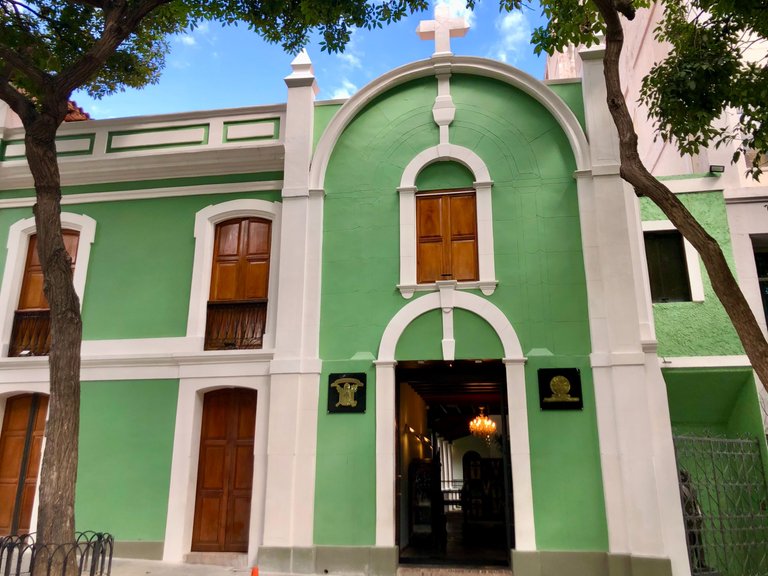
The museum is one of the buildings around the city's Plaza Bolivar, almost on the corner of Gradillas.
The museum is in what was the cemetery of the Cathedral of Caracas during colonial times.
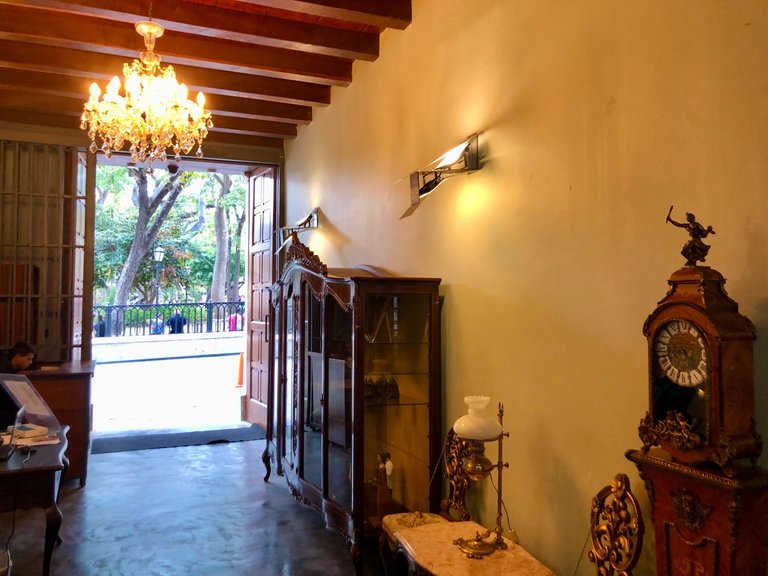
It is in a good state of preservation. It can be seen that the restoration was effective. The only thing that I missed was the coffee shop that used to be there.
The entrance to the museum costs 2 dollars, and with the same ticket, we could visit the first floor of the Archbishop's Palace, another of the colonial buildings that are around the Plaza Bolivar.
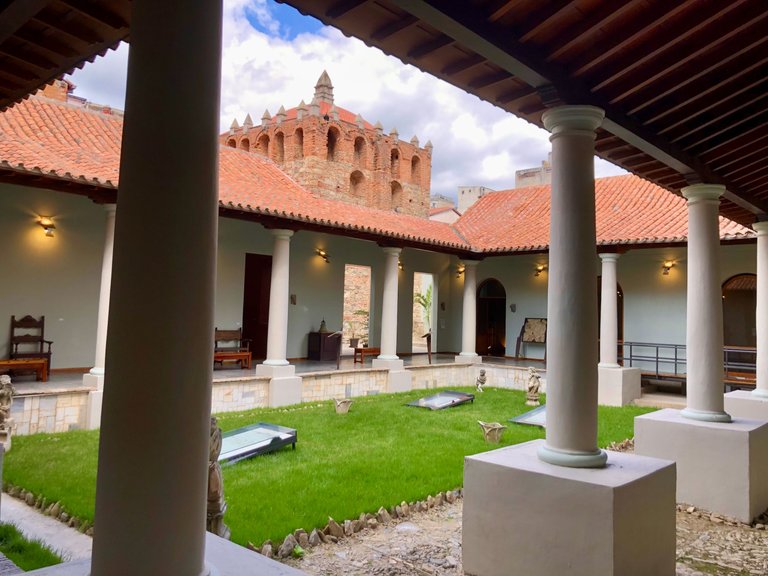
As I have already mentioned, the museum is on the grounds of the old Cathedral cemetery. The building was built in the late 19th century to be an Episcopal school, but the cemetery graves were preserved.
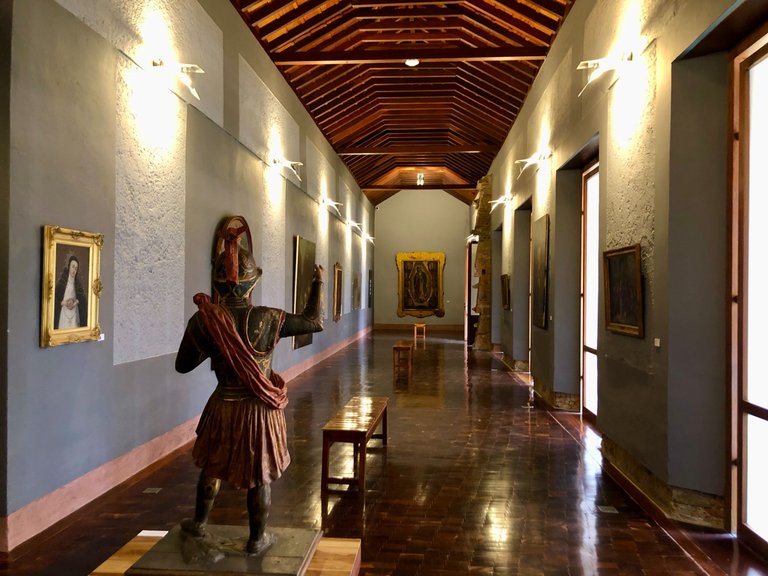
The museum is dedicated to religious art. It has paintings with religious motifs from the colonial era.
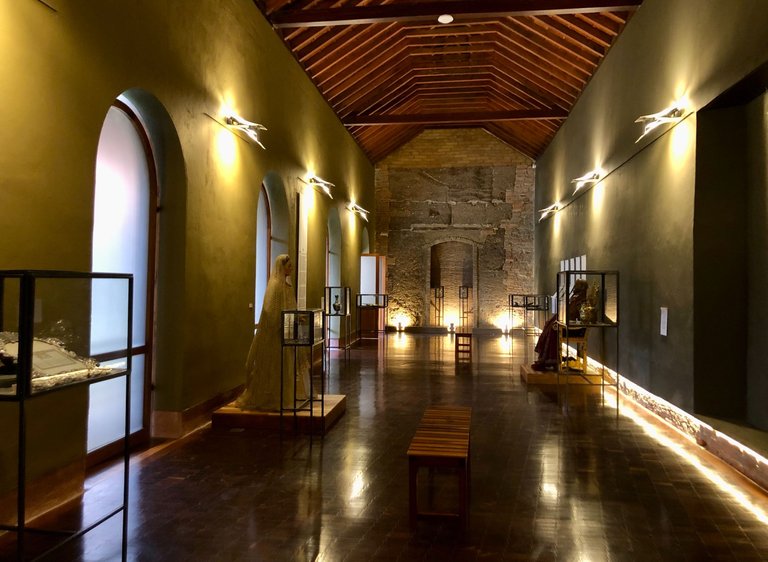
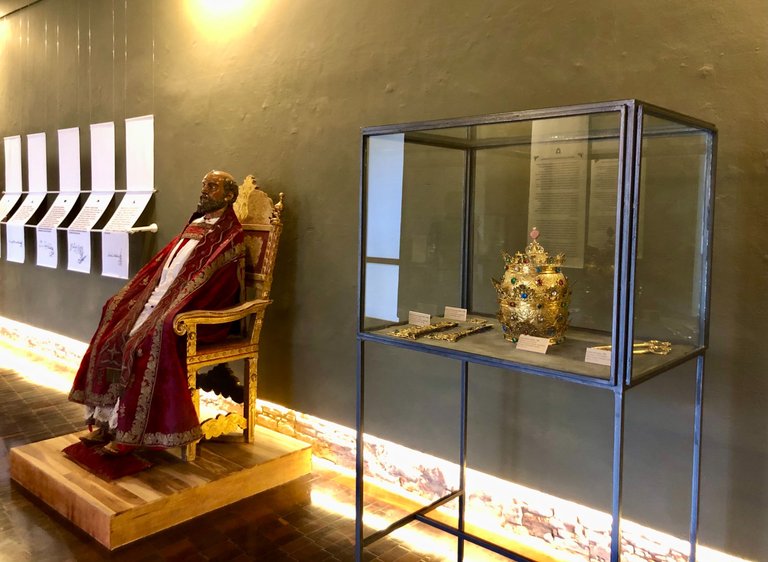
There are also pieces of jewelry and silverware used by priests and bishops in colonial times.
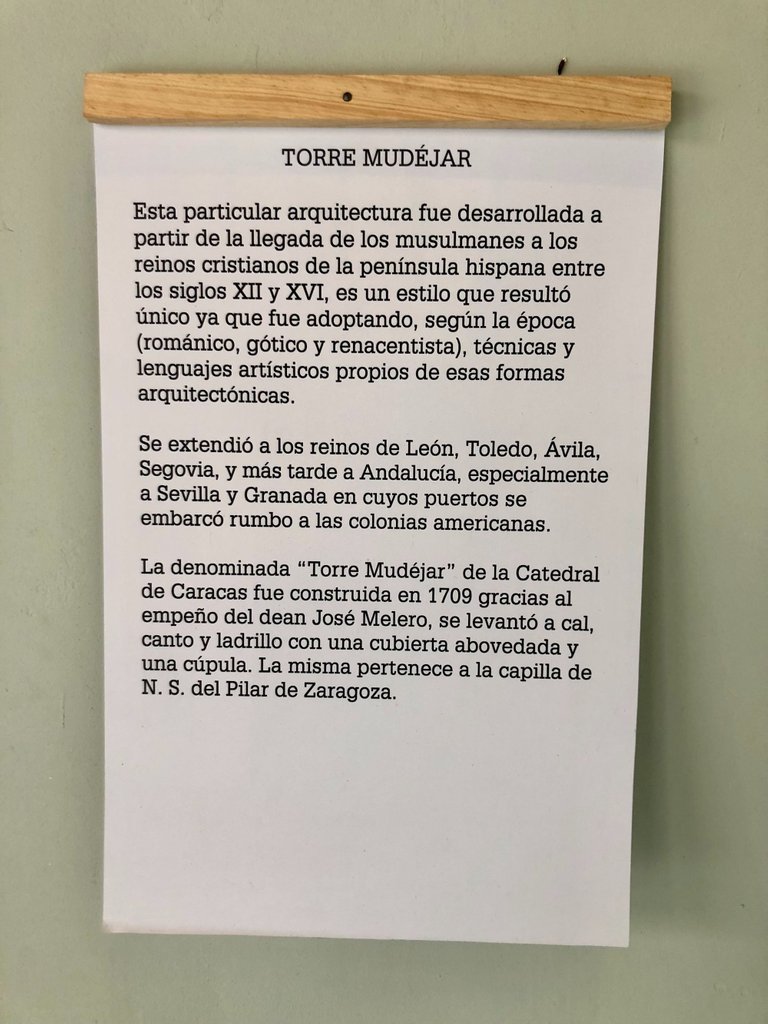
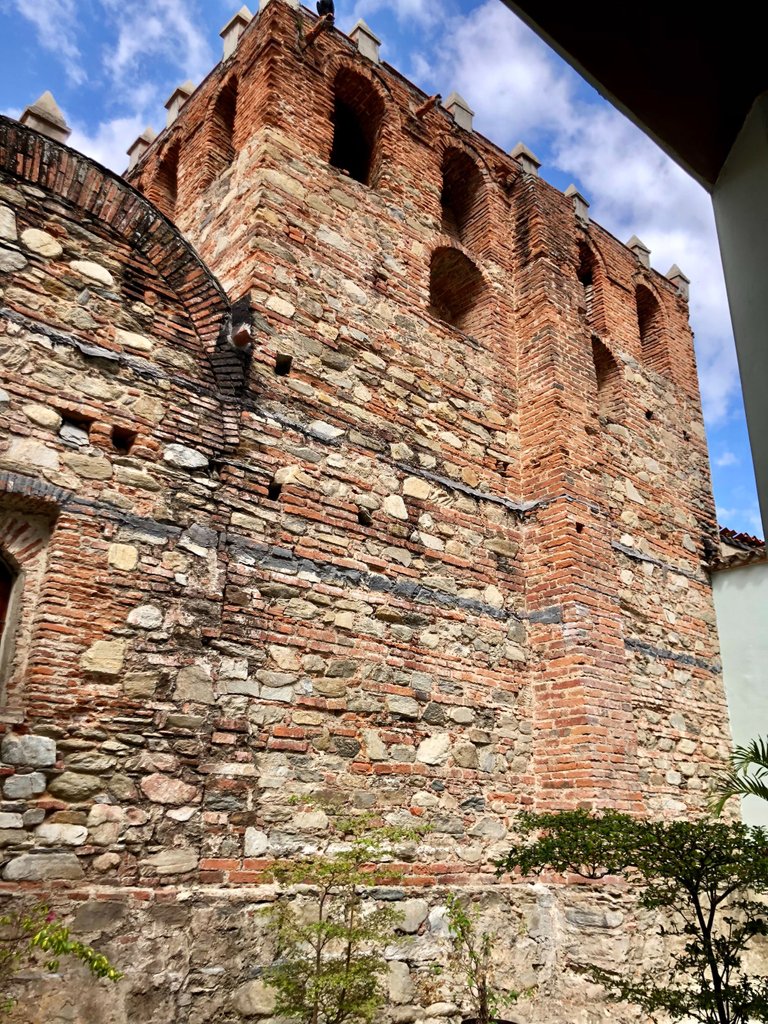
The Mudejar Tower of the cathedral was built in 1709 in the Mudejar art style.
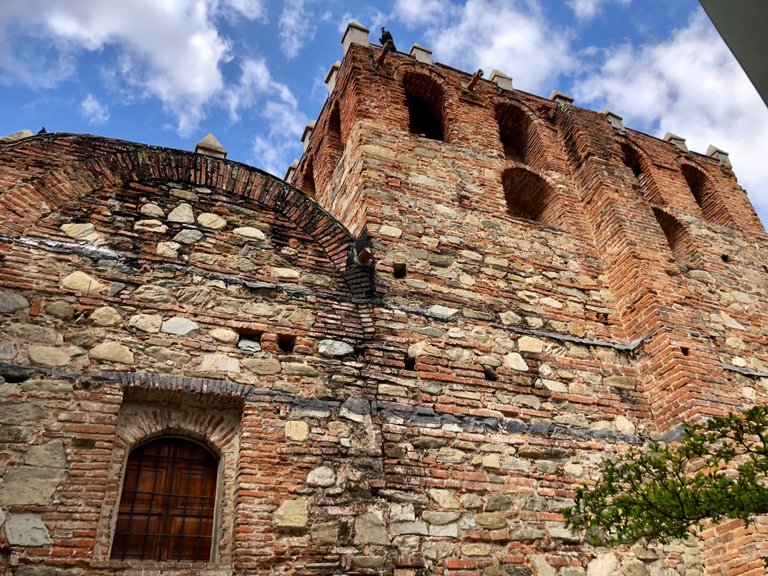
In the Mudejar style, the constructions showed the Muslim and Arab influence in the territories of the Iberian Peninsula, and it was as well transferred to the Hispanic colonies.
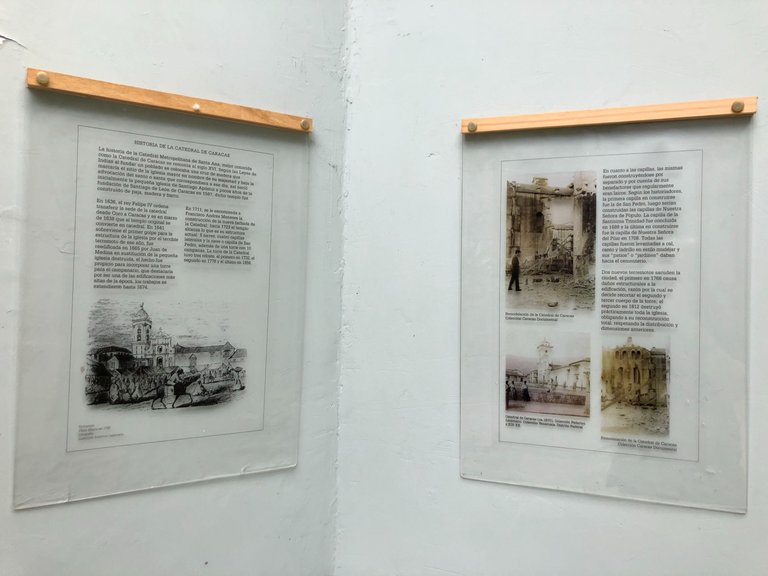
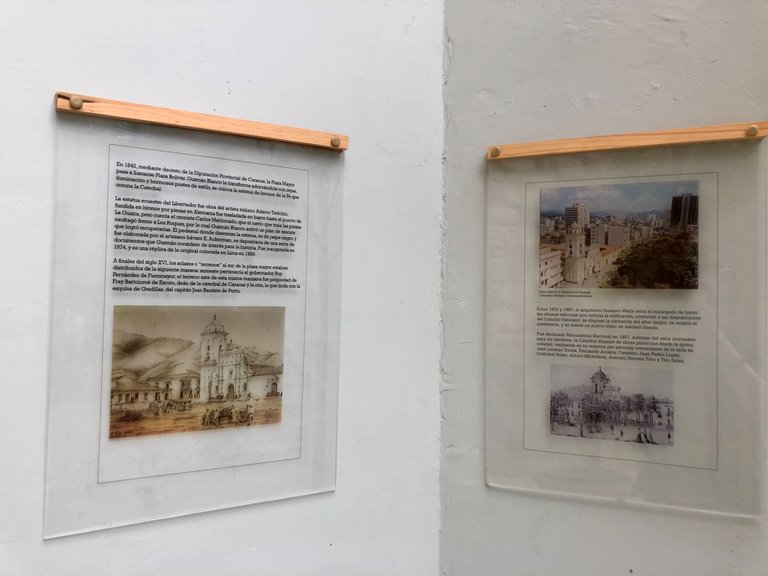
In the small courtyard under the tower, there is a corner with all the history of the construction of the Cathedral of Caracas.
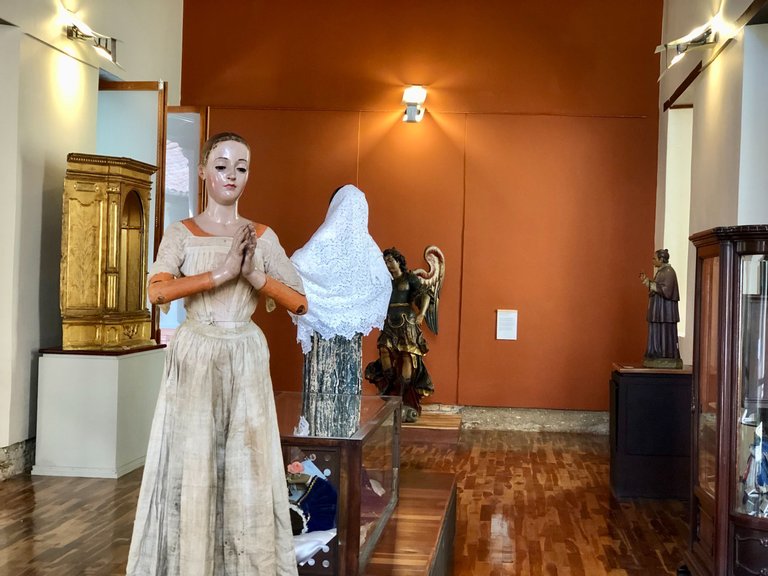
Then there is a room where the cafe used to be. Now, there are sculptures with religious motifs.
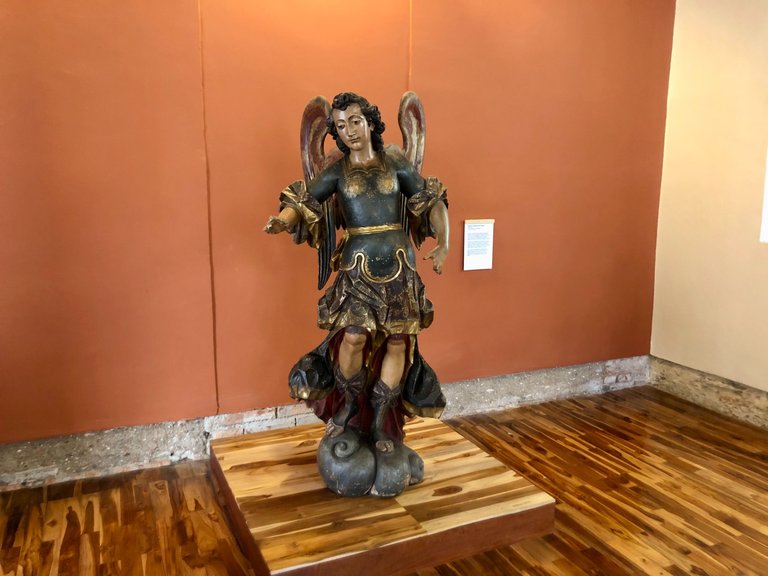
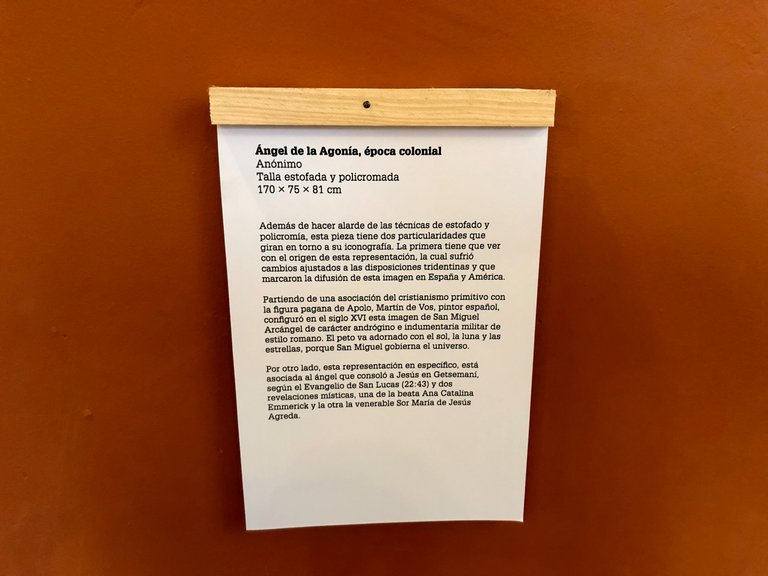
Like this Angel, of the colonial era, of an anonymous author and named Angel of the agony.
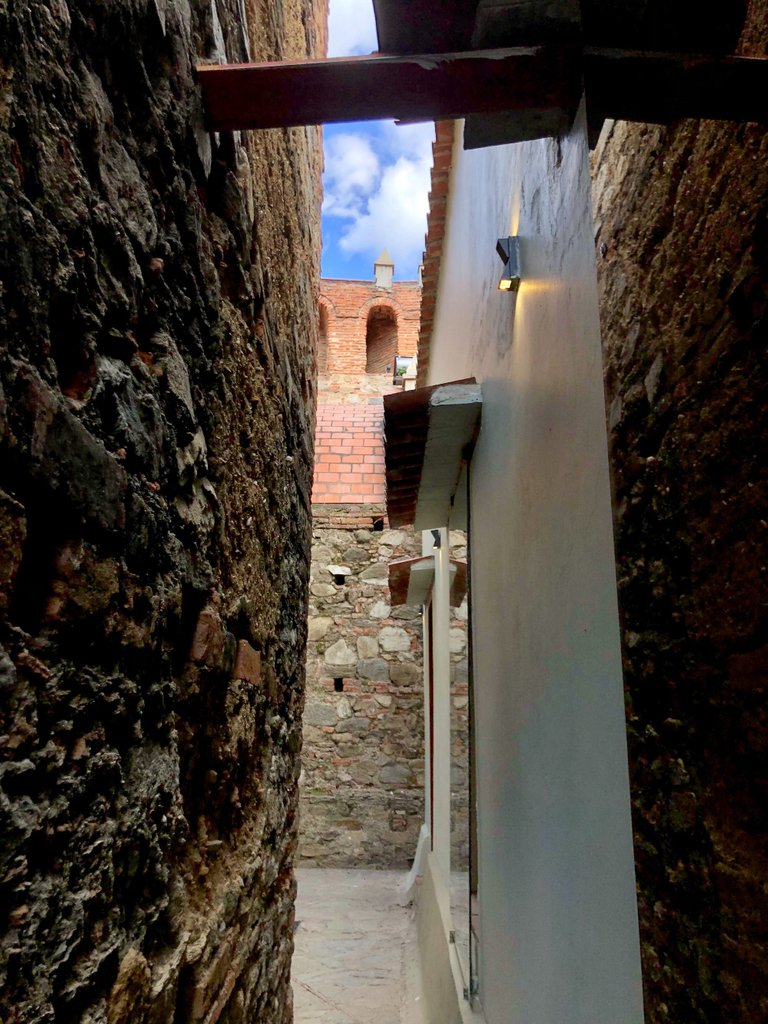
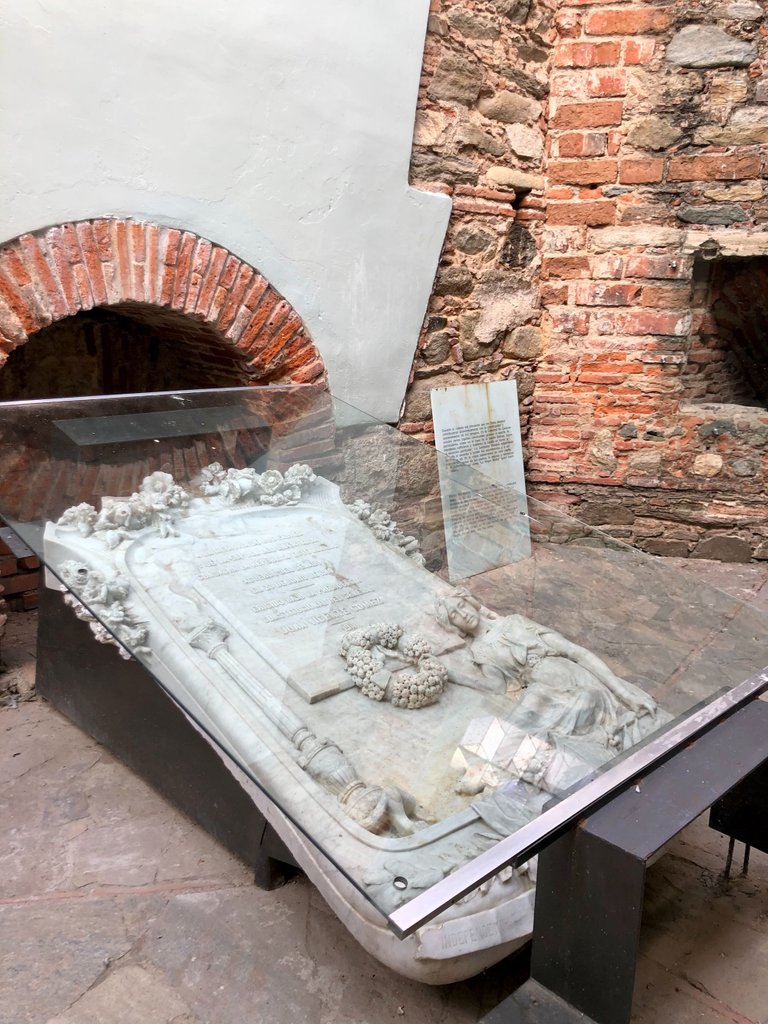
From this room, you can go out to another small patio where the tomb of Simon Bolivar's parents and wife is located. It was customary in colonial times that the wealthy families of the time had chapels where they buried their dead in the churches.
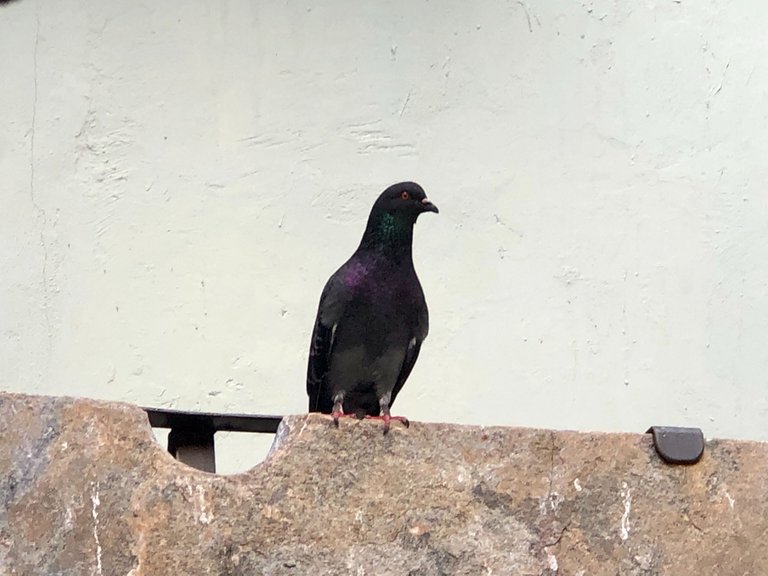
Near the grave, I saw this pigeon. It looked like a guardian. At least, that was the impression I got when I saw it.

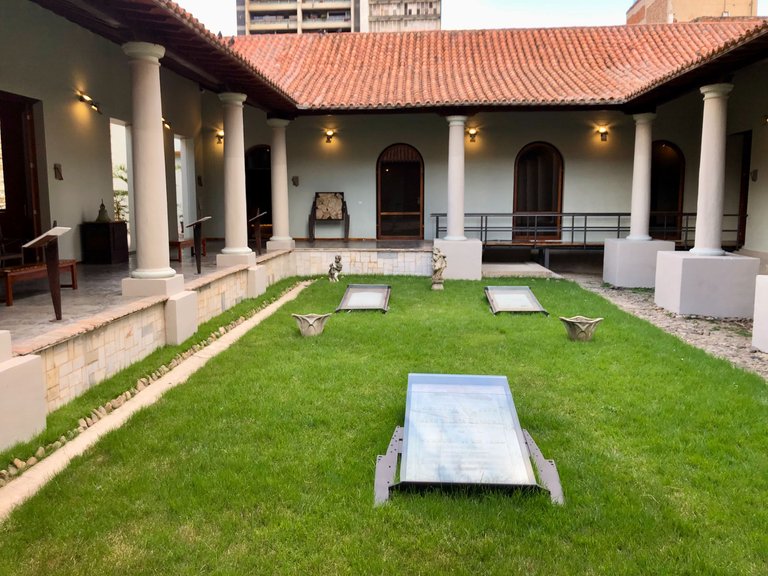
We continue our tour of the museum bordering the small central cemetery.

In which there is information on how the cemetery functioned in colonial times.

We then entered another room of the museum with religious furnishings.

Where a large Gregorian chant book of colonial times is displayed
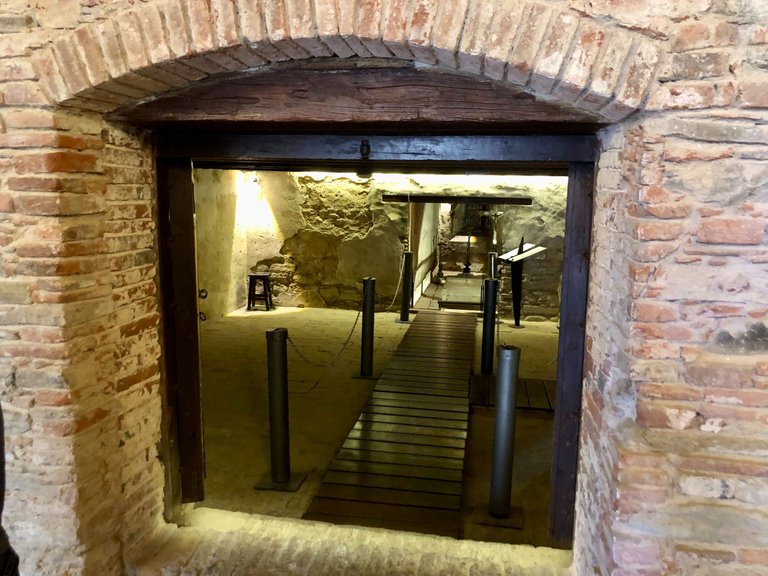
From this room, you have access to the common grave and to the space where there used to be an ecclesiastical jail.
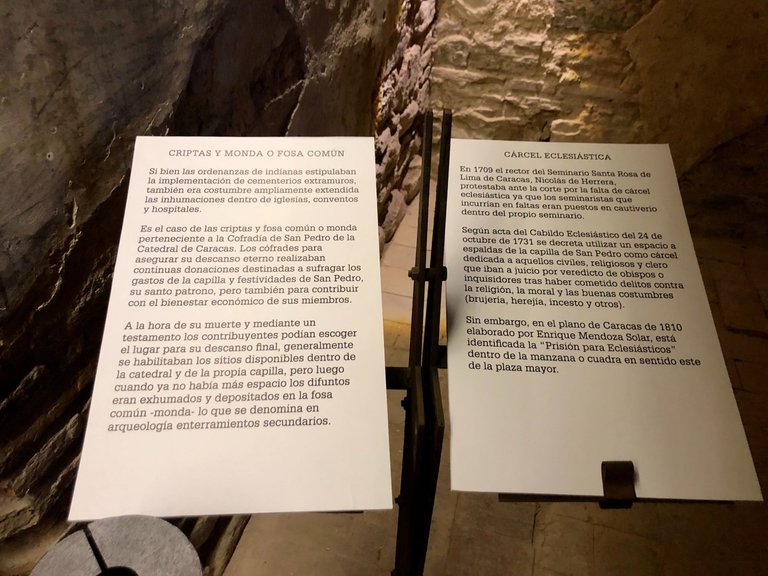
It is striking that in this part where the prison used to be, the ceilings are low, and one has to be careful not to hit one's head. The guard, who was there told us this was so the seminarians, who were imprisoned there, could feel the weight of their sins and faults.
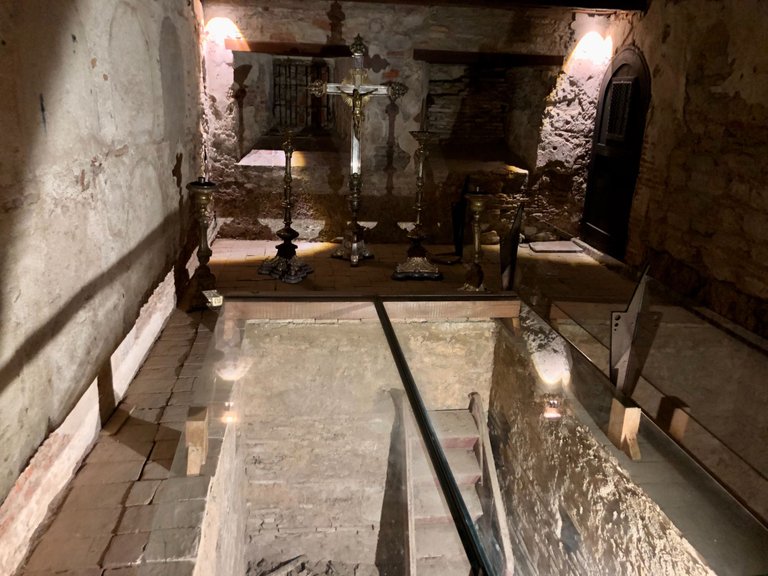
From there, you have access to where is the mass grave.
At the back, it can be seen a door that gives access to the cathedral.
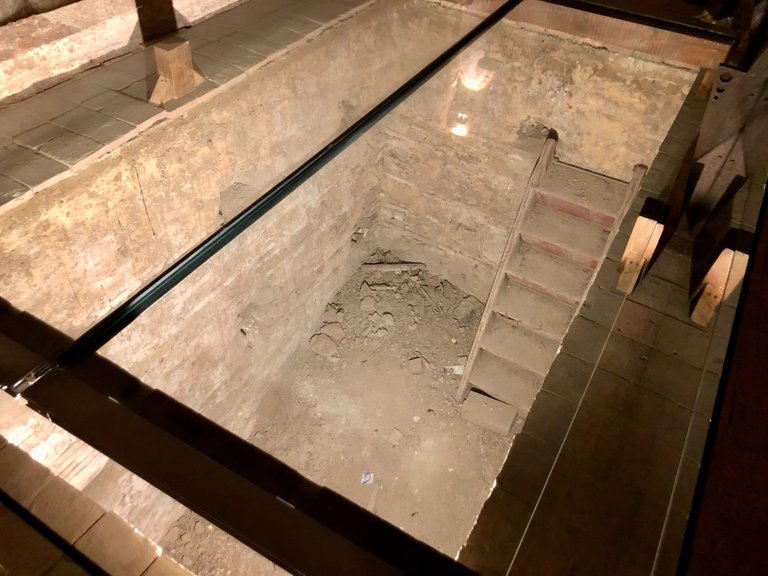
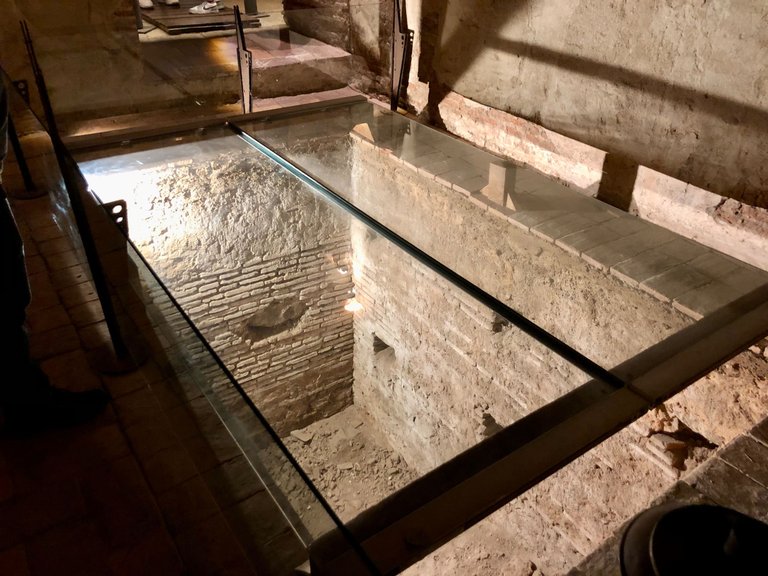
In the mass grave, they buried people who did not have the means to afford a tomb in the church. A bit creepy the place if you ask me. And where I would not want to stay alone, to be honest.
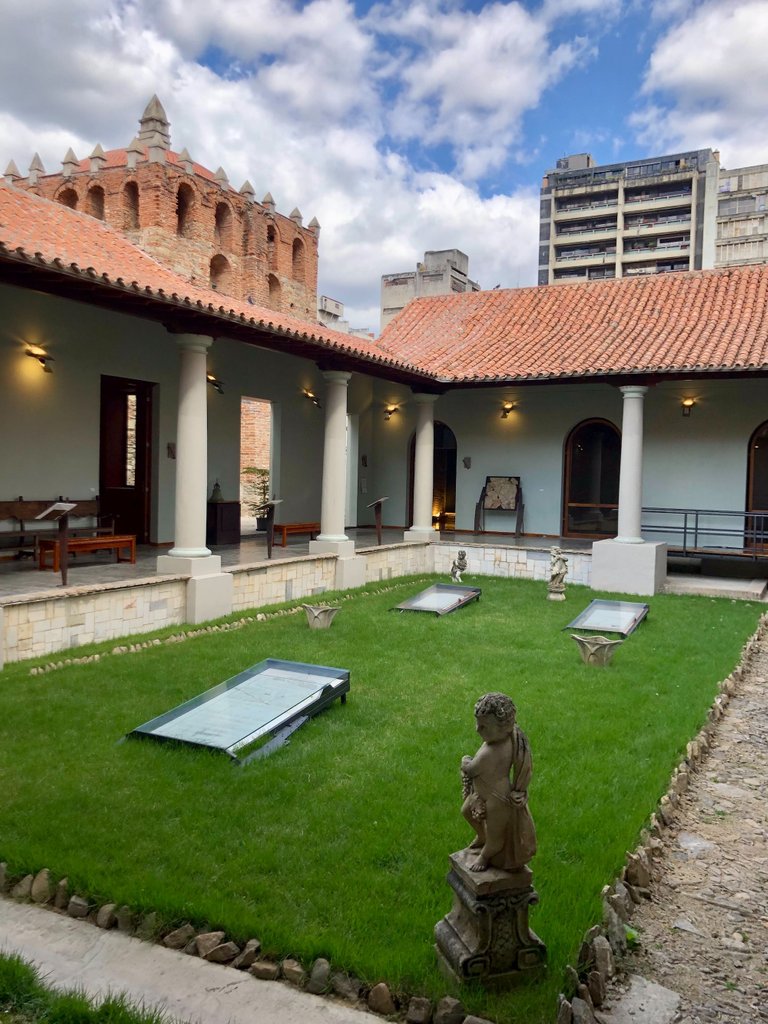
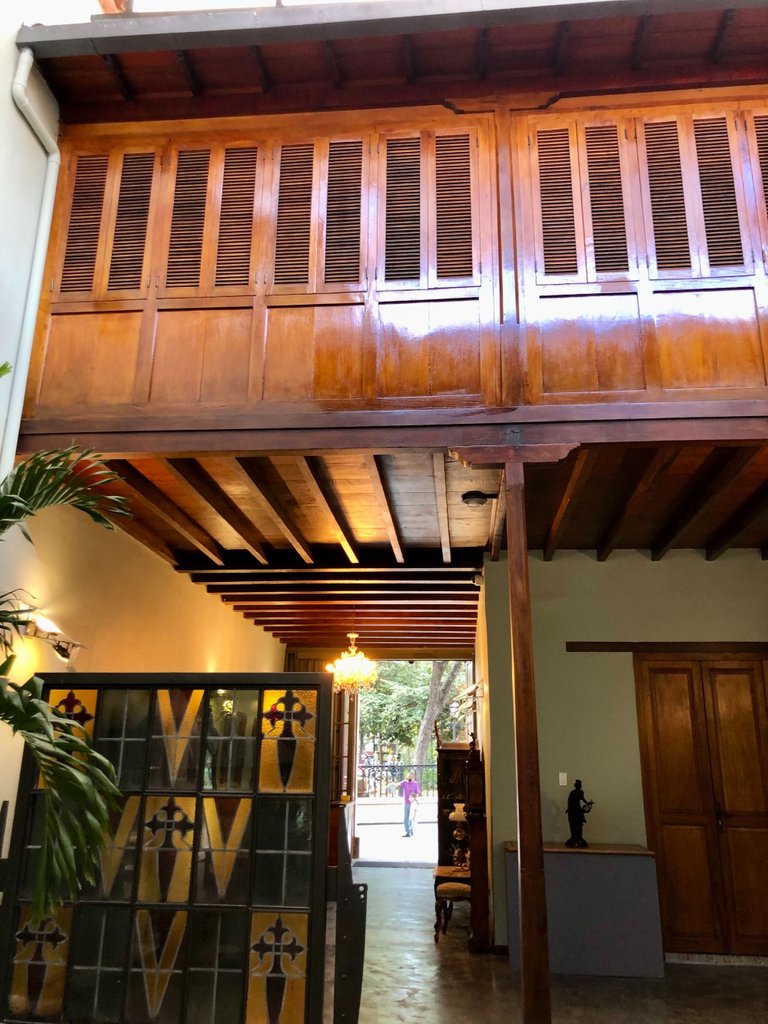
And that's the whole tour of the museum. We took a last picture of the central courtyard and of some details of the building before leaving.
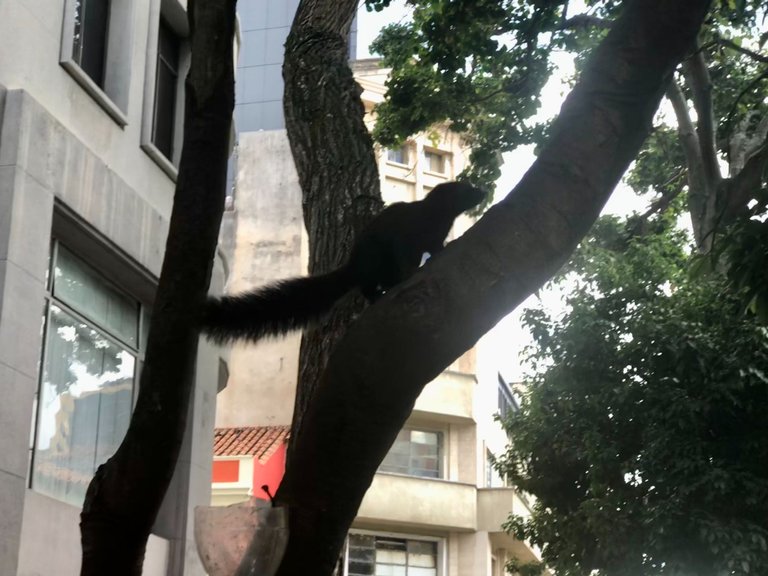
On the way out, we went to the Archbishop's Palace. I will tell you about that visit at another time. But before continuing on our way, we got distracted by the squirrels in one of the trees in front of the museum building. There were a lot of them, but they were fast-moving, so I couldn't get a good picture.
Thank you for reading.
If you're reading this and you are not on Hive yet, I invite you to join through my referral link. And I could delegate some Resources credit to help you get started.



